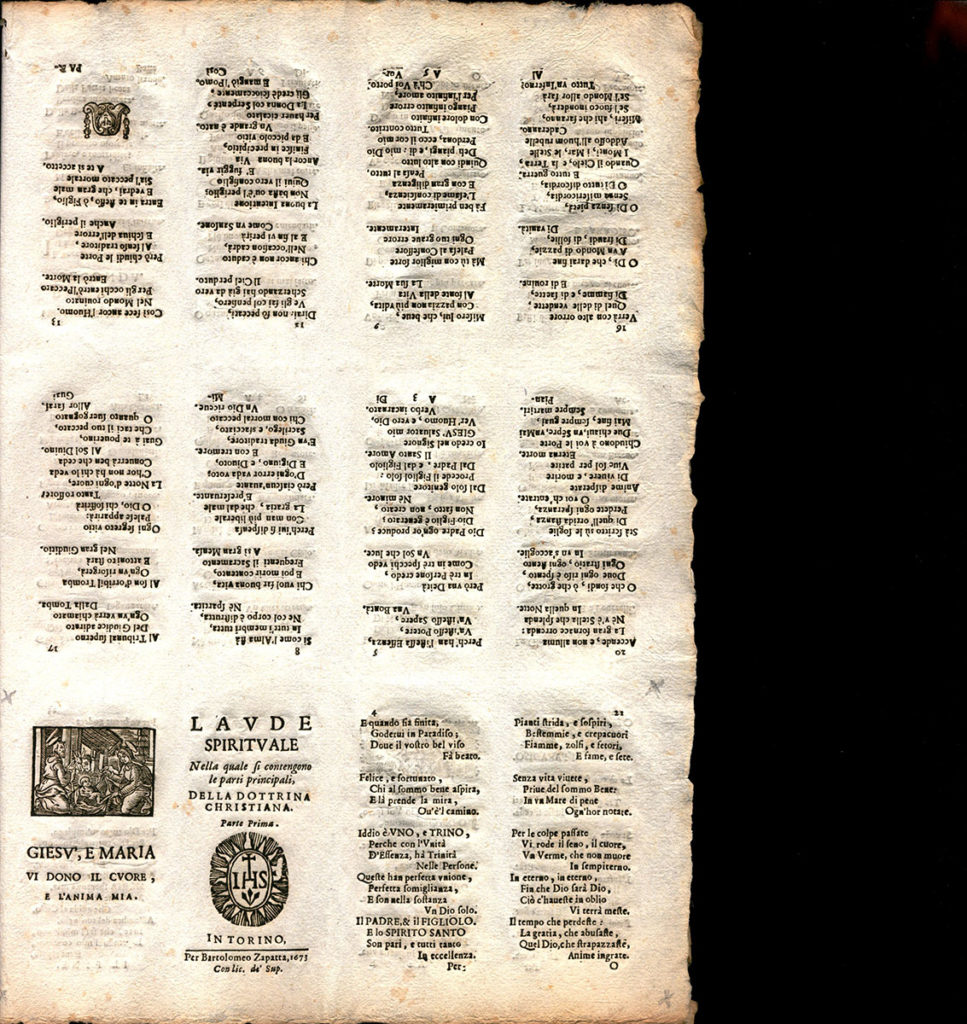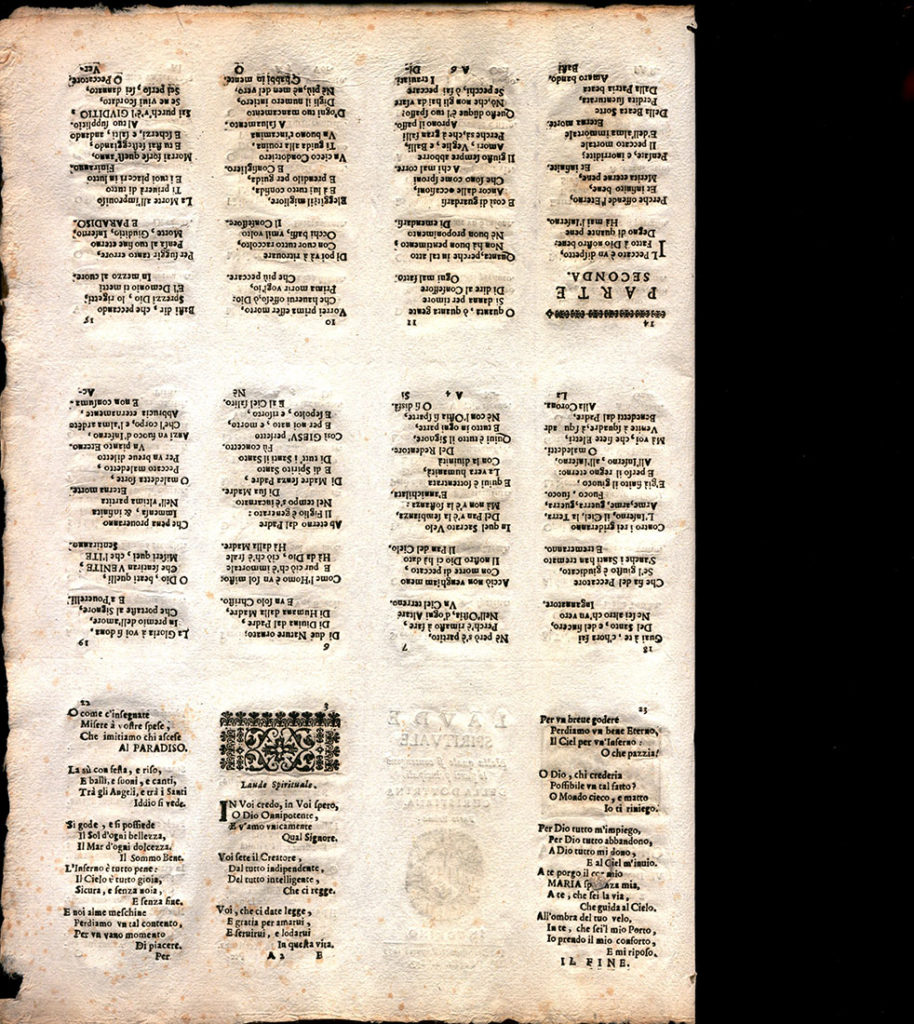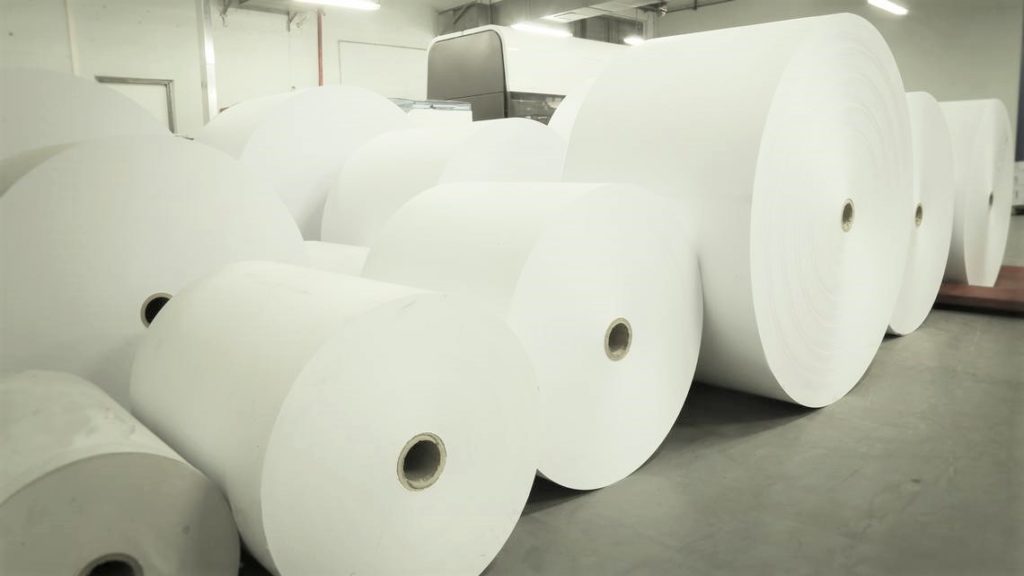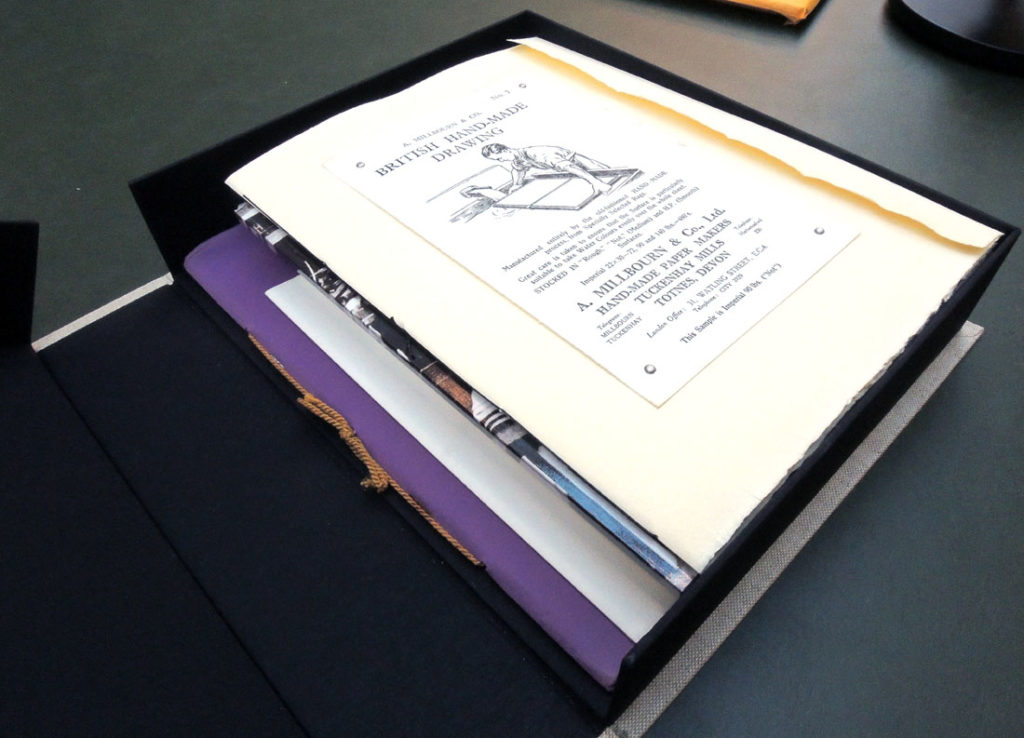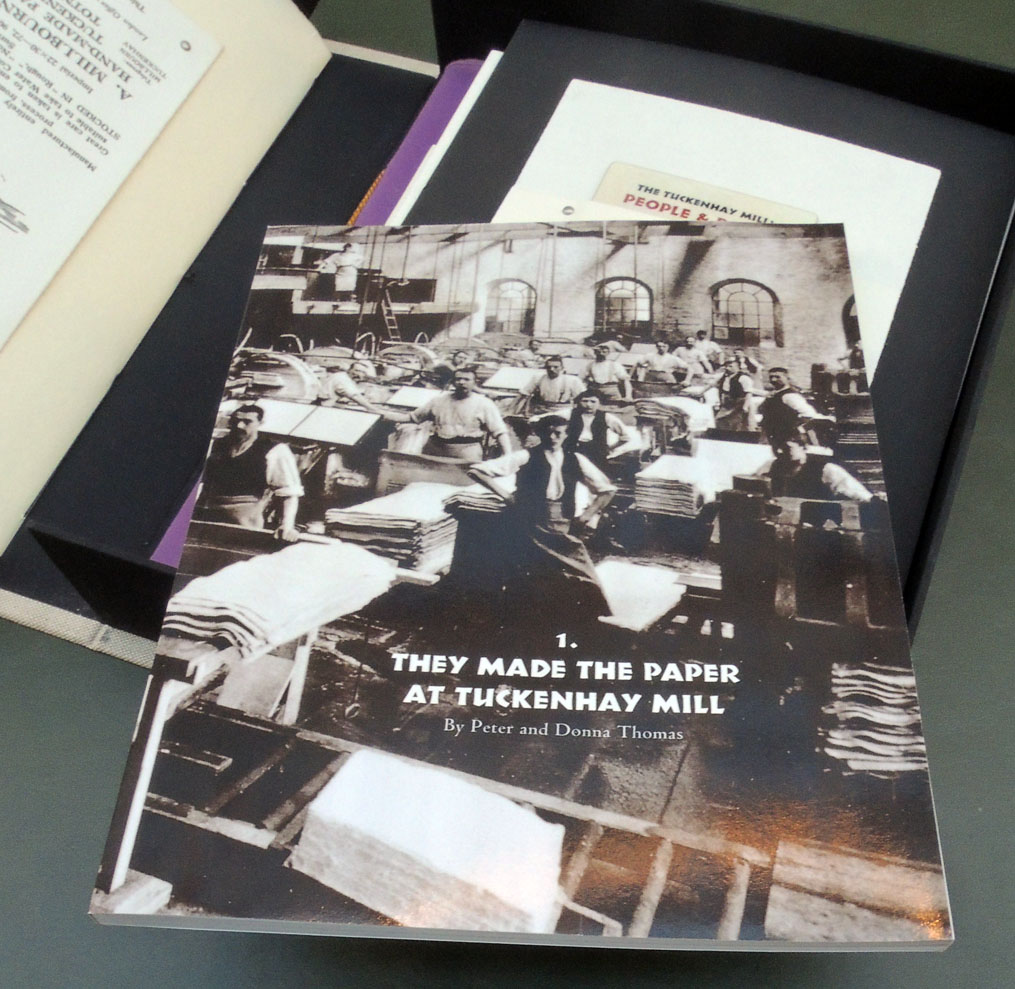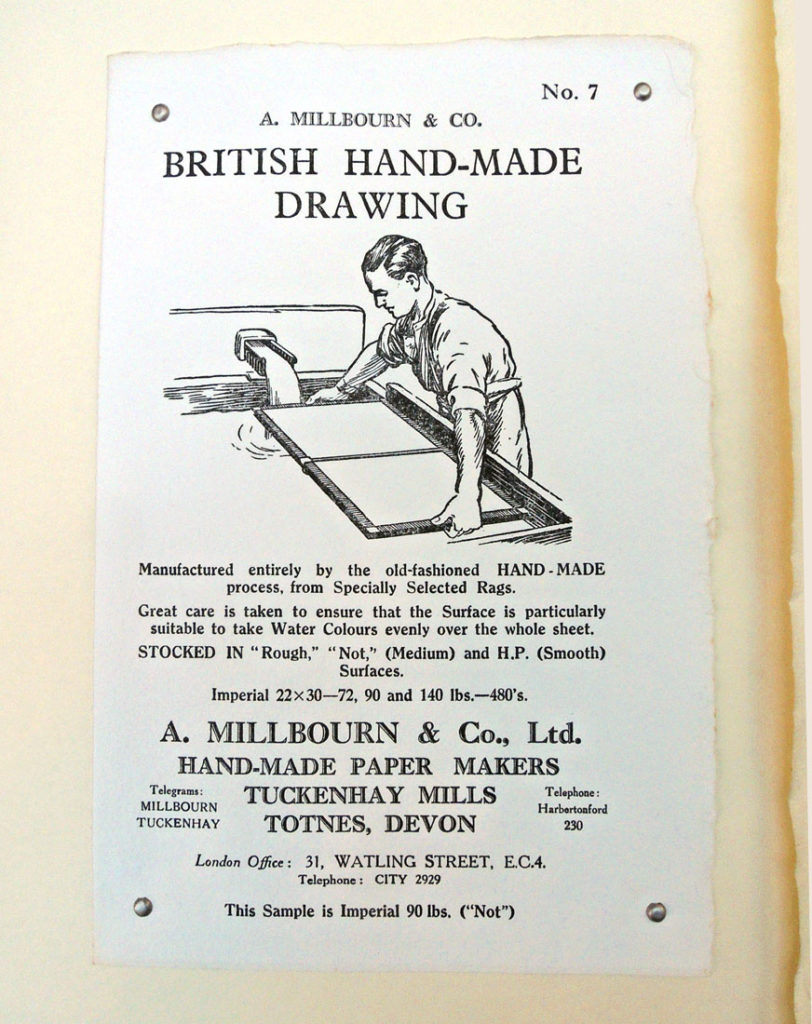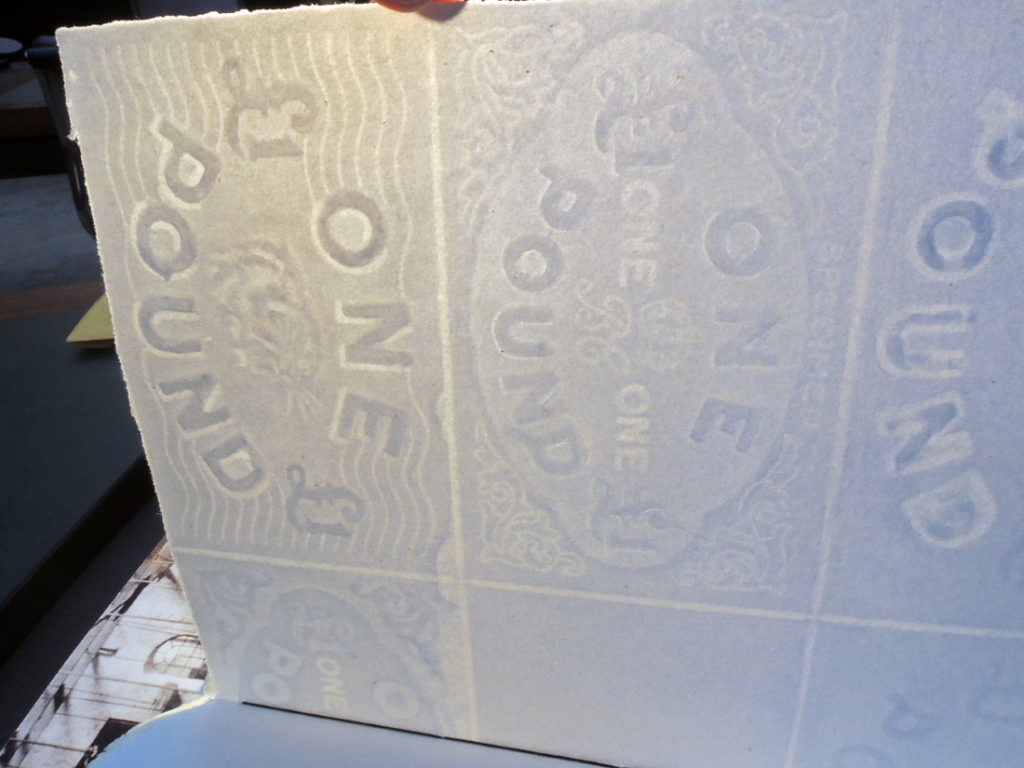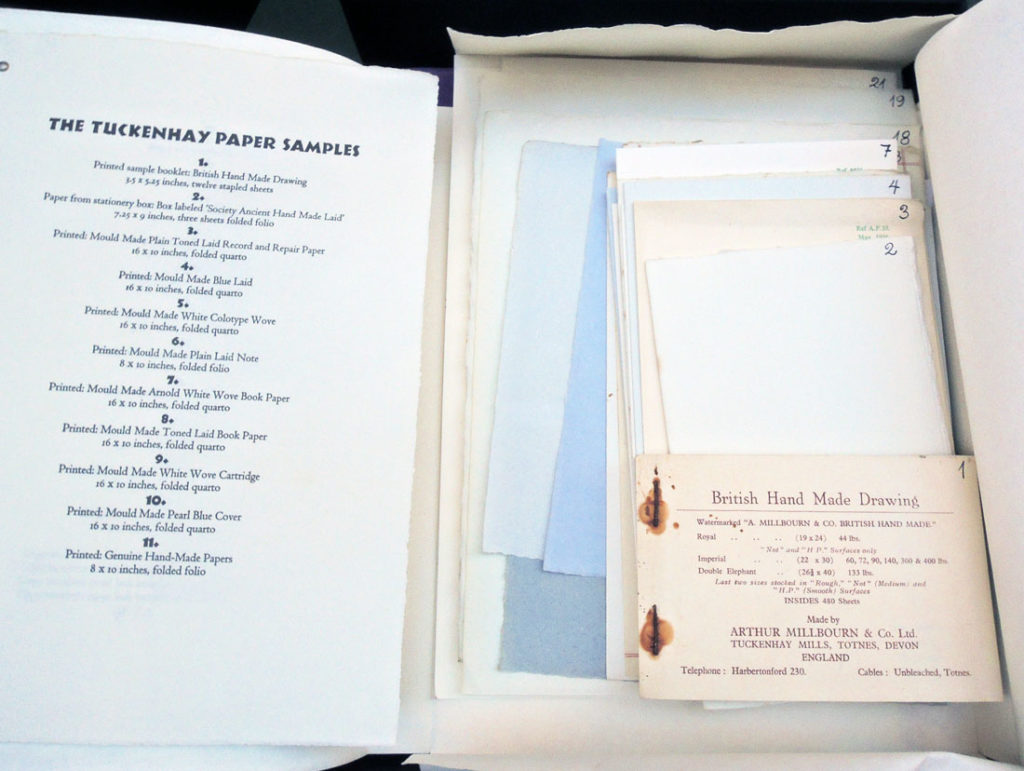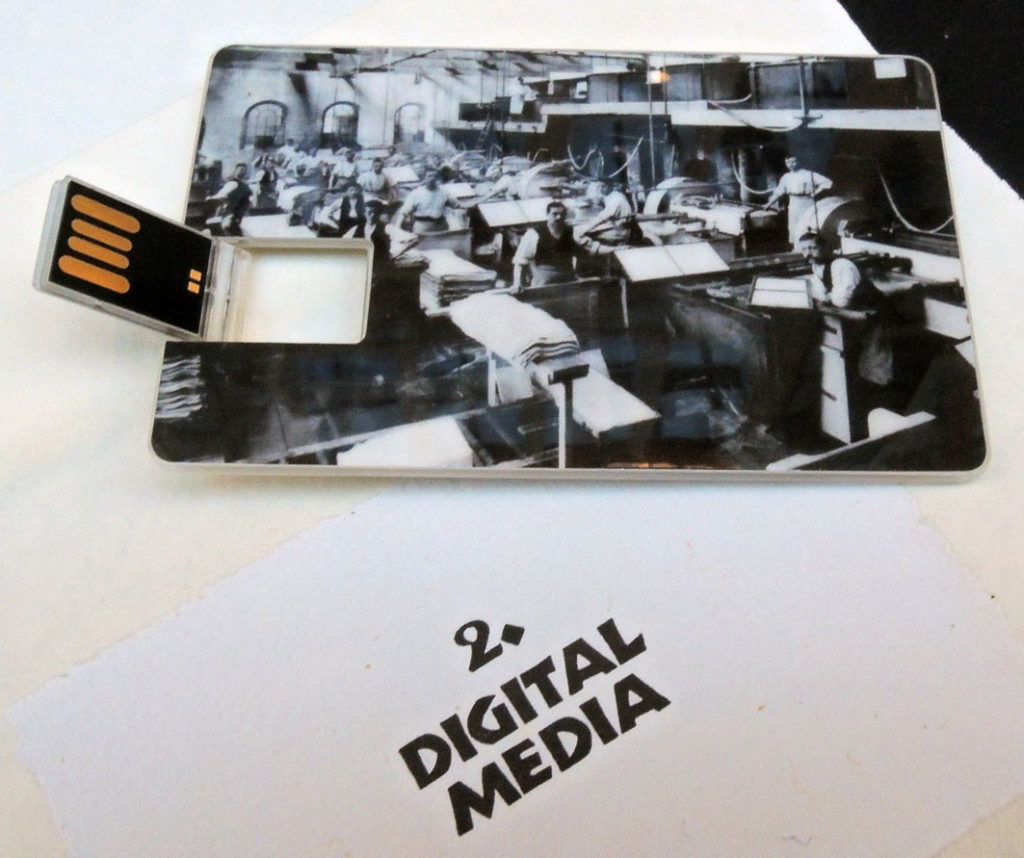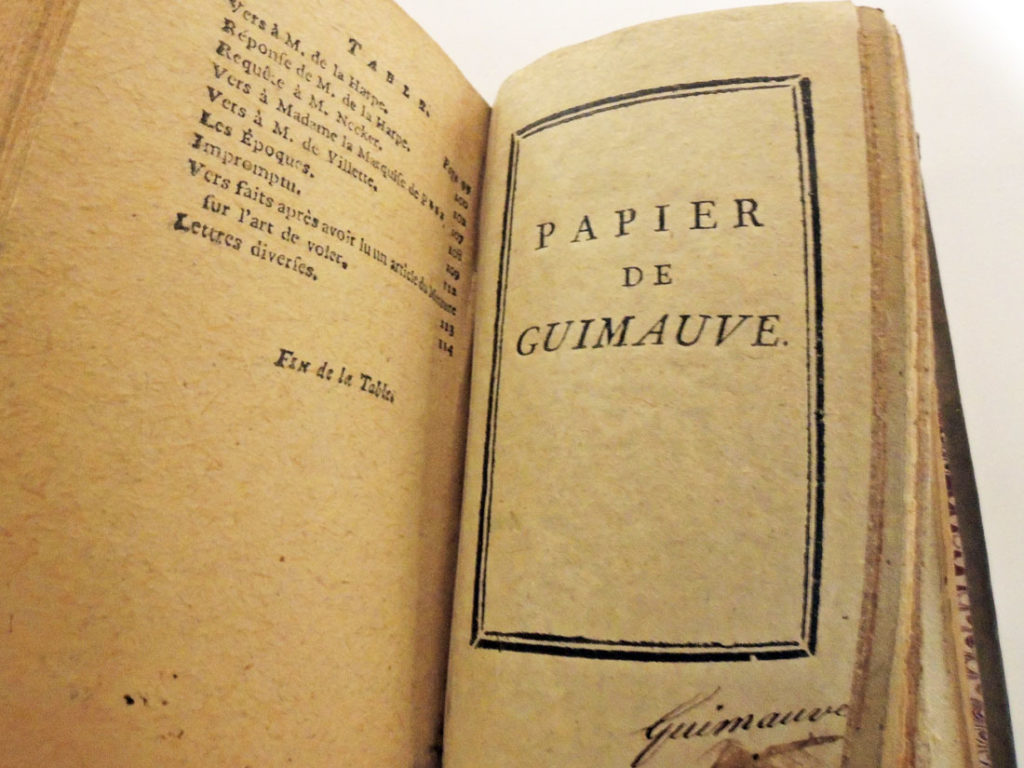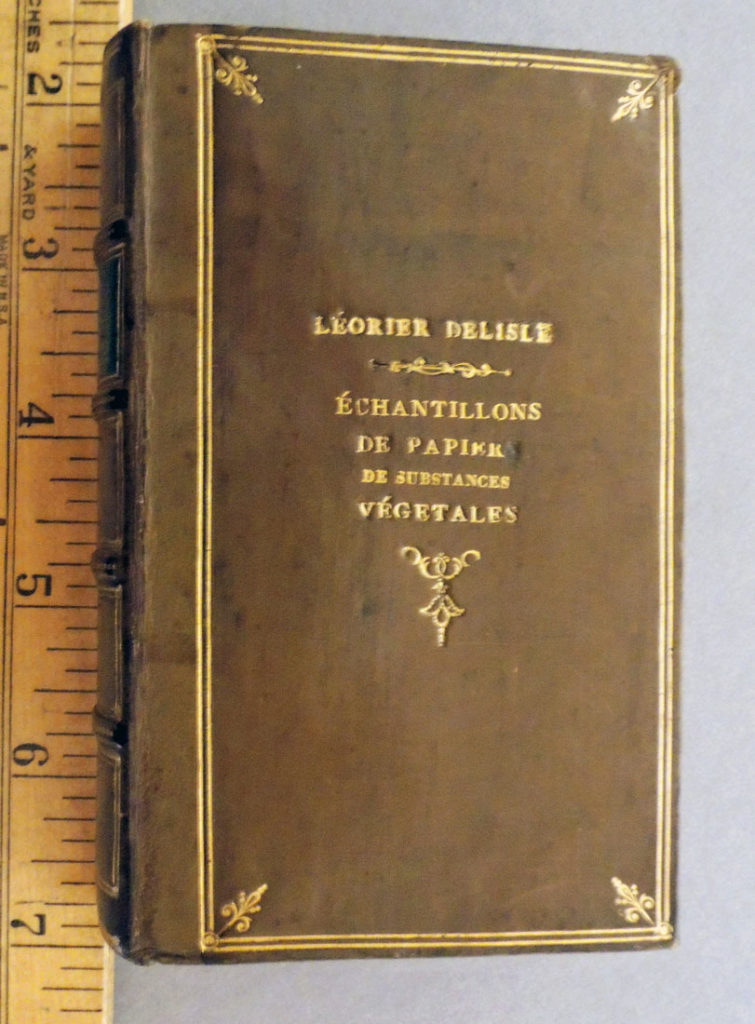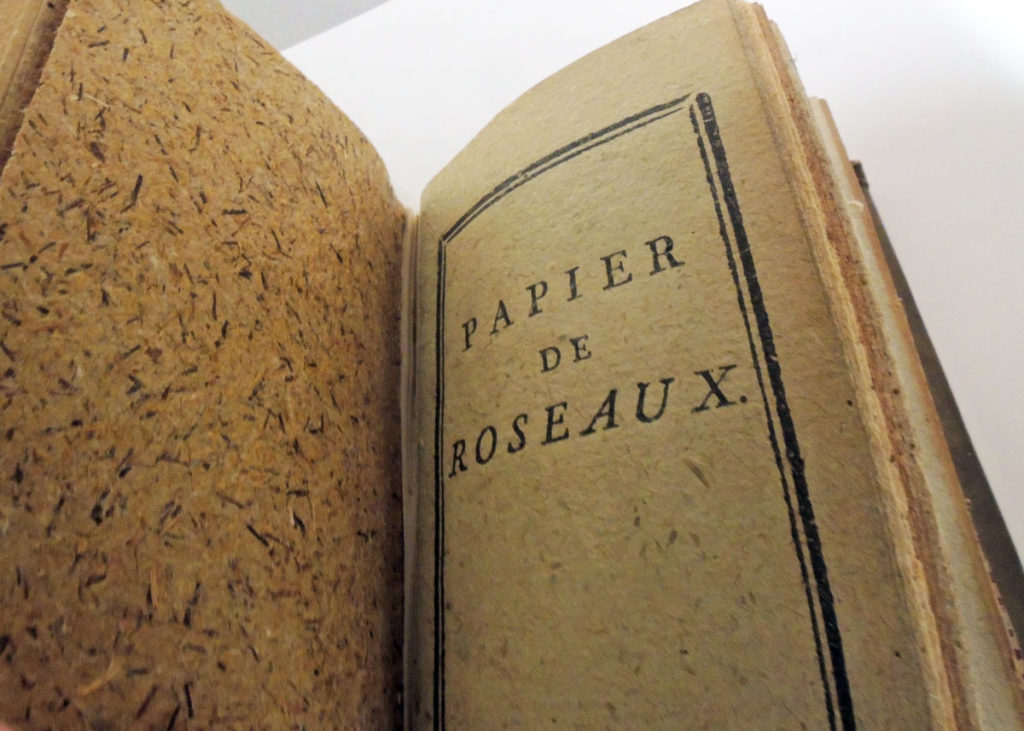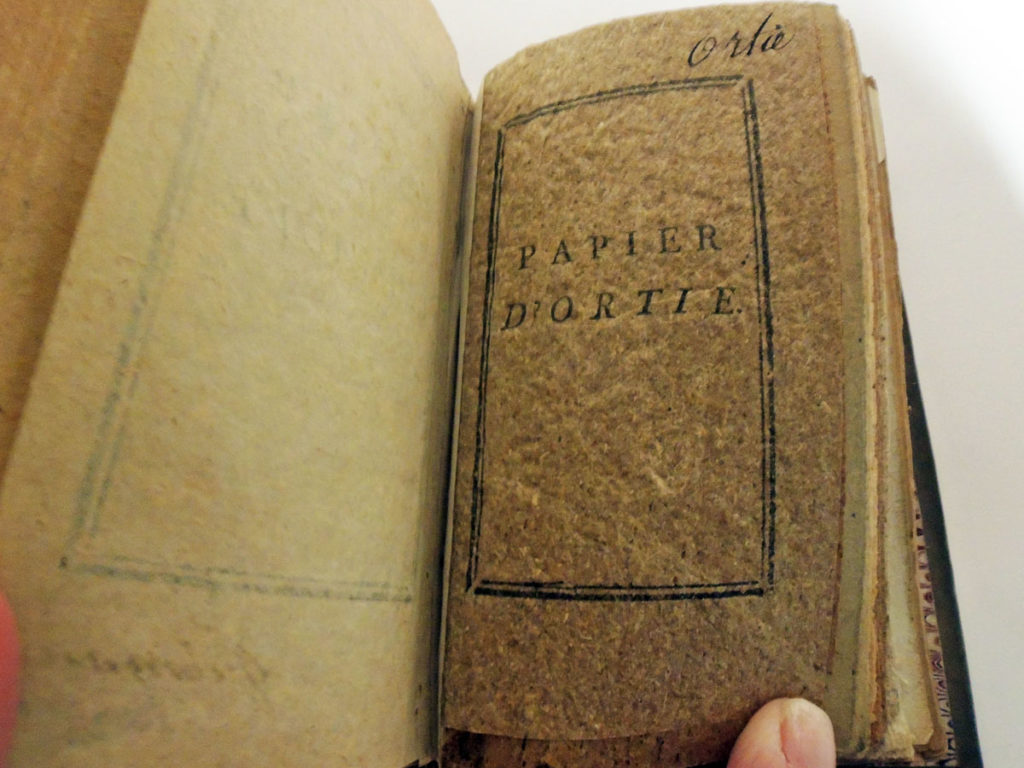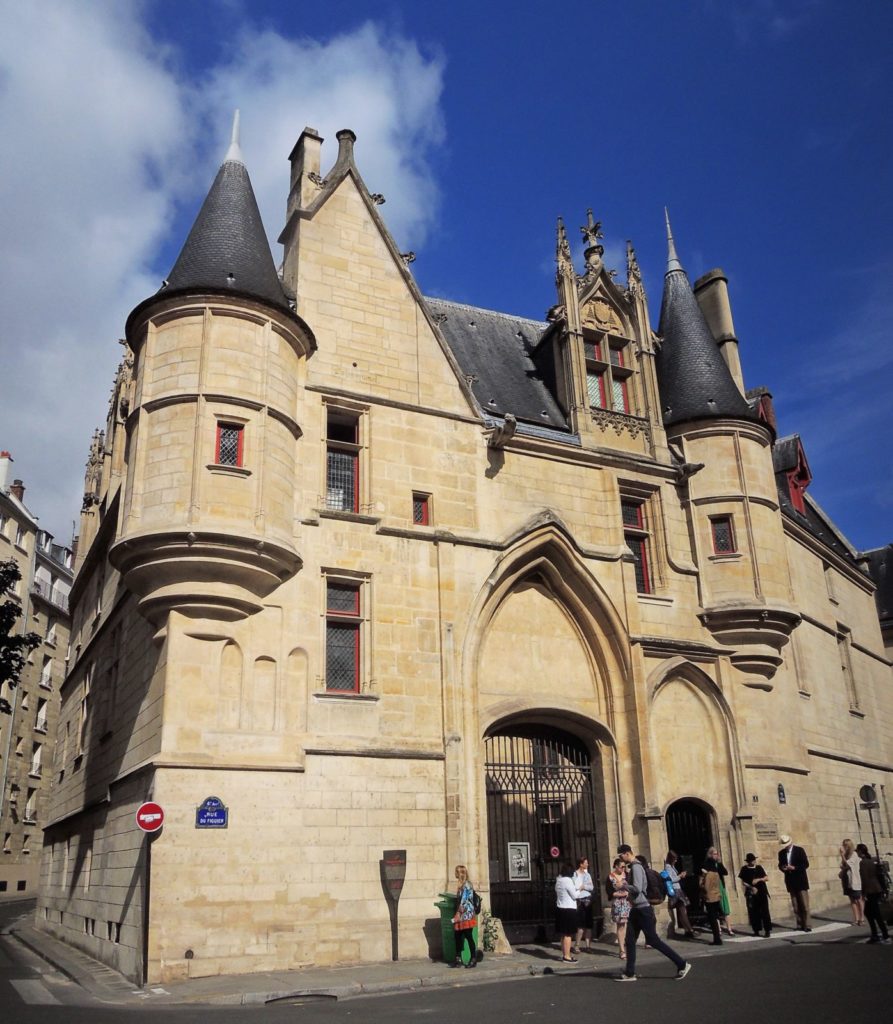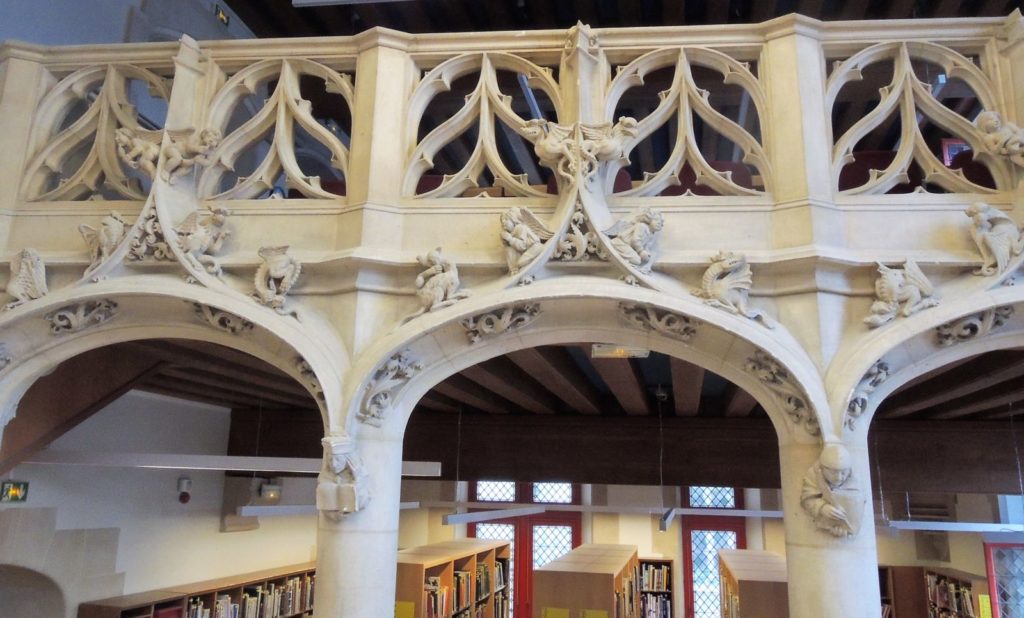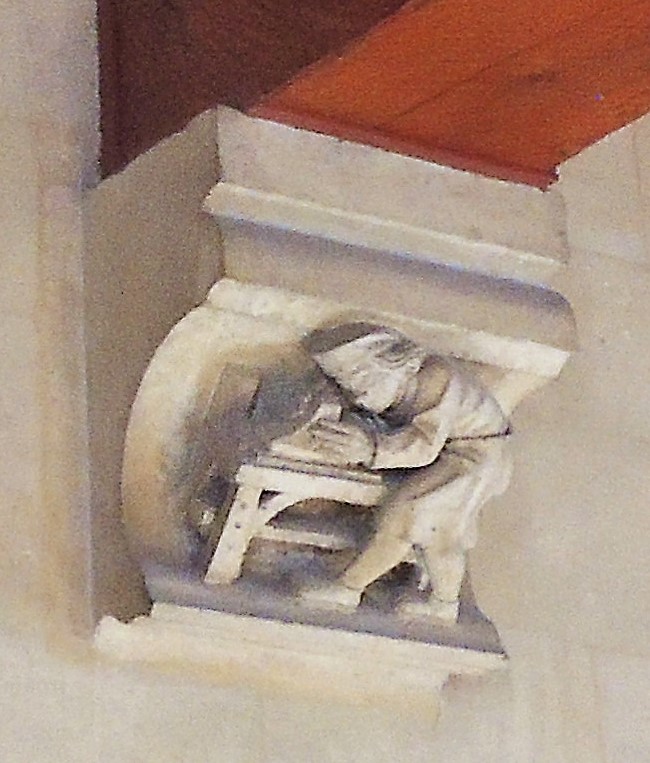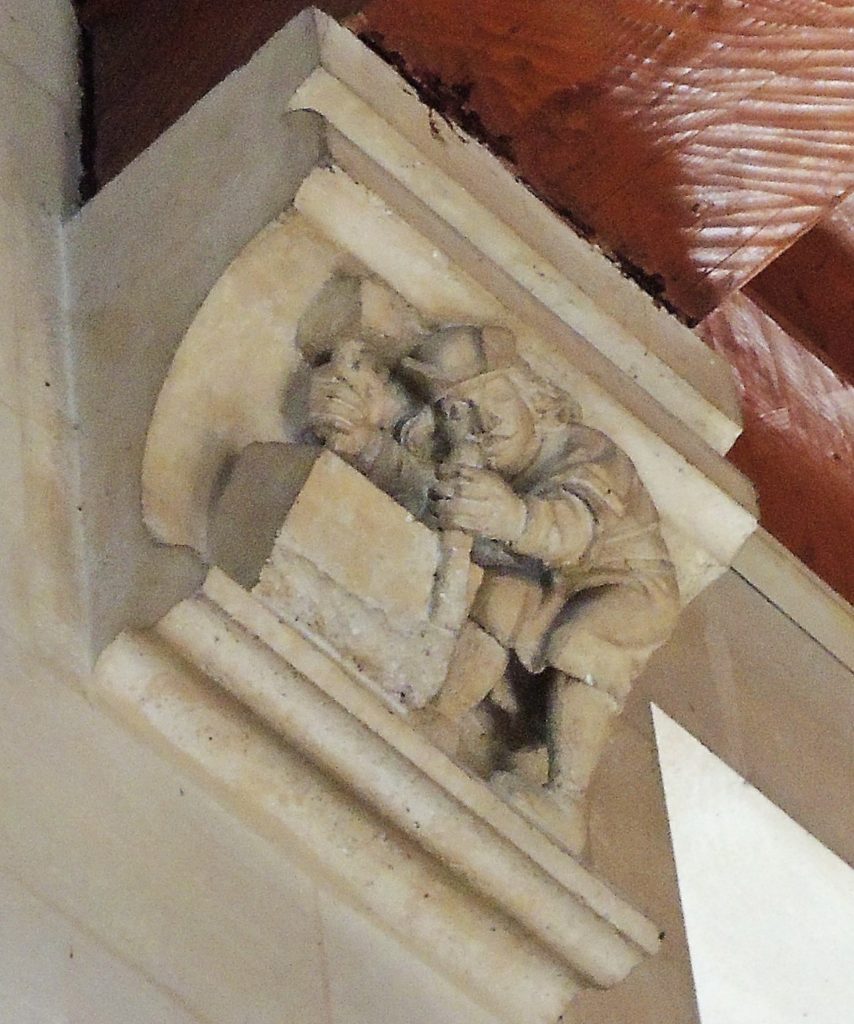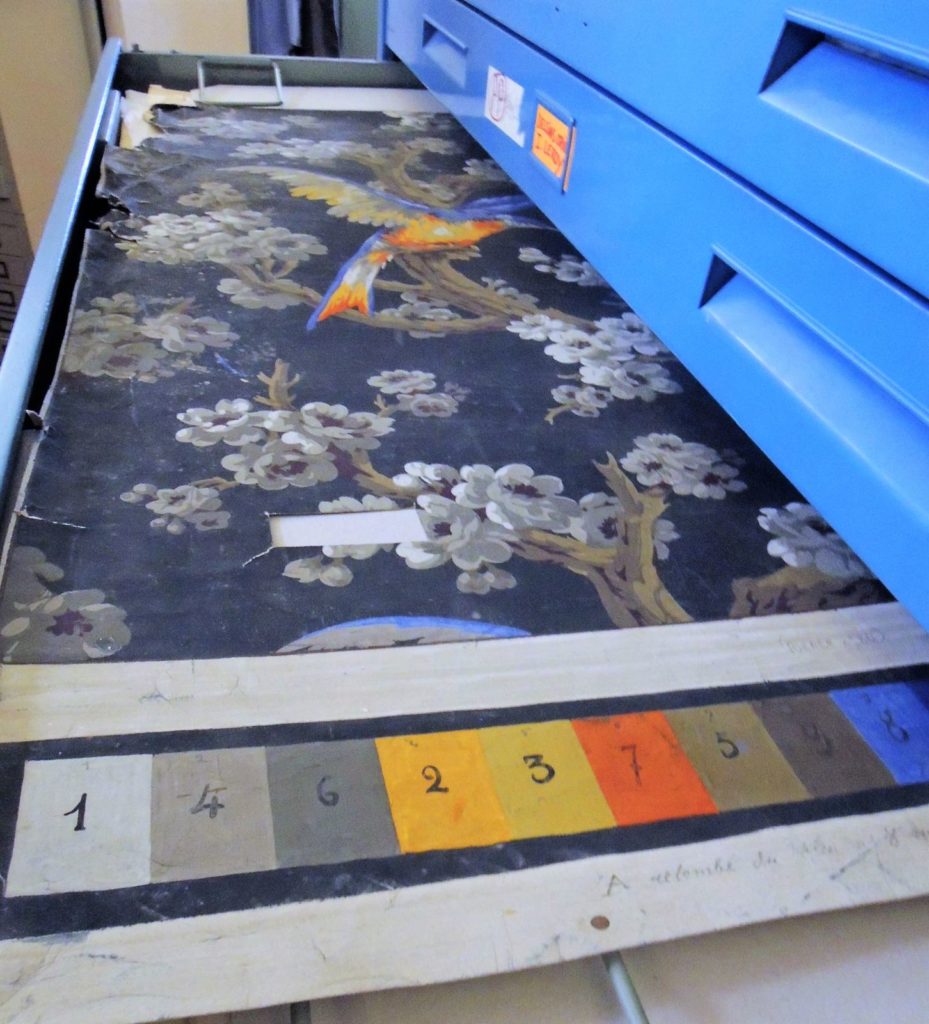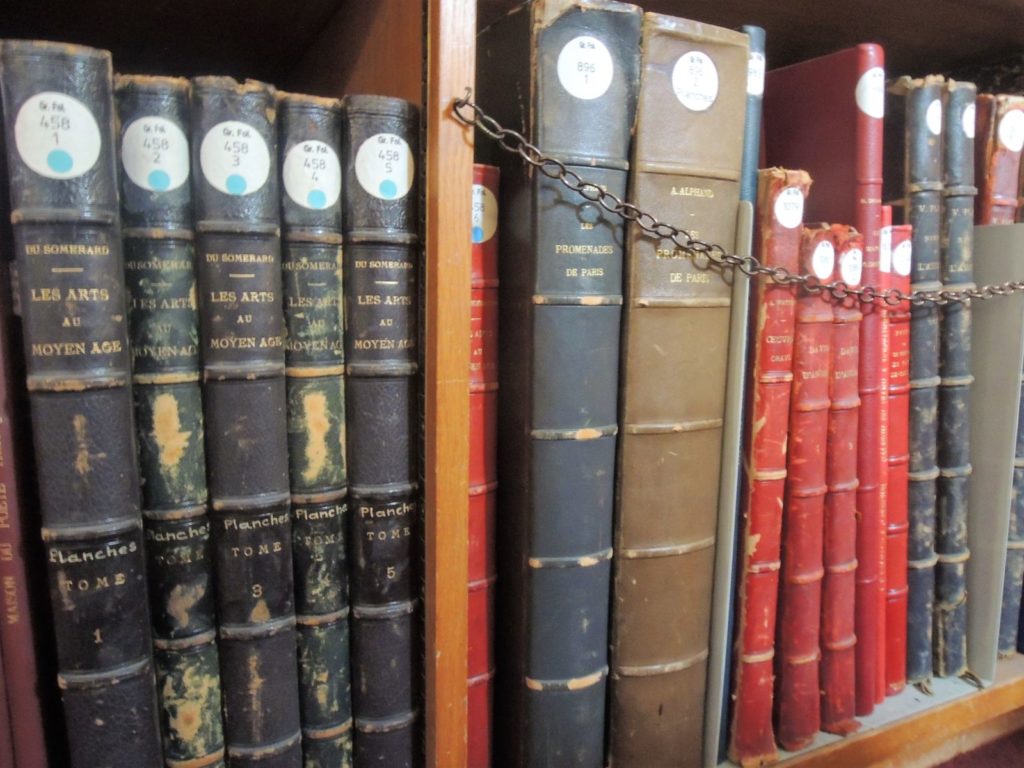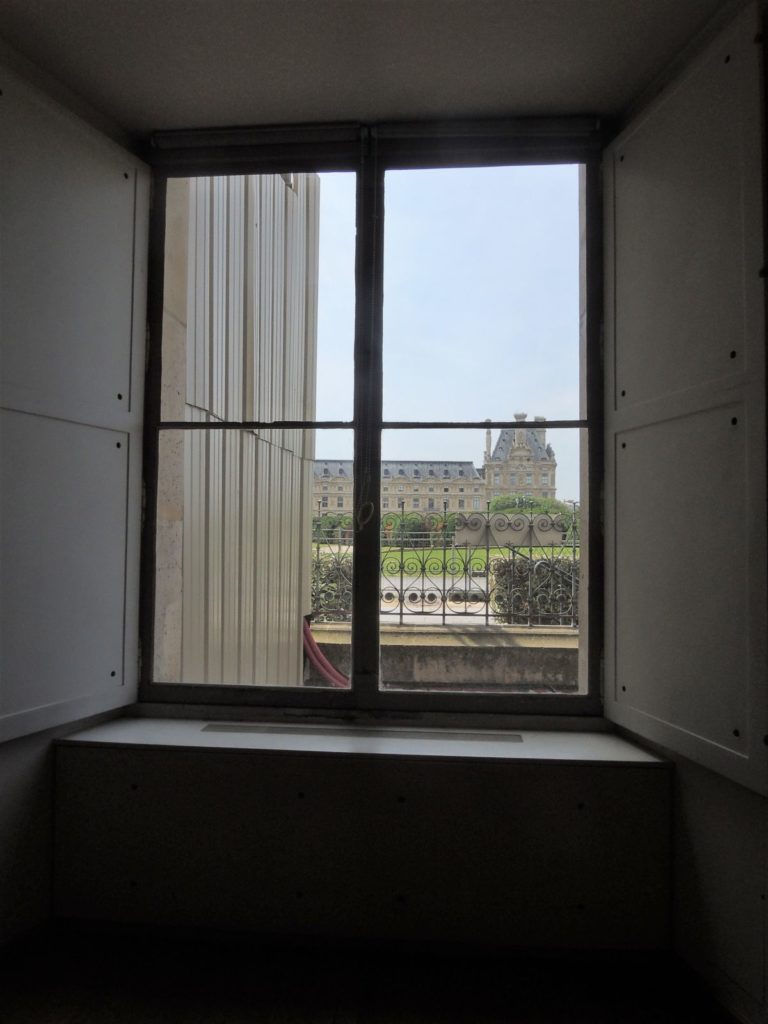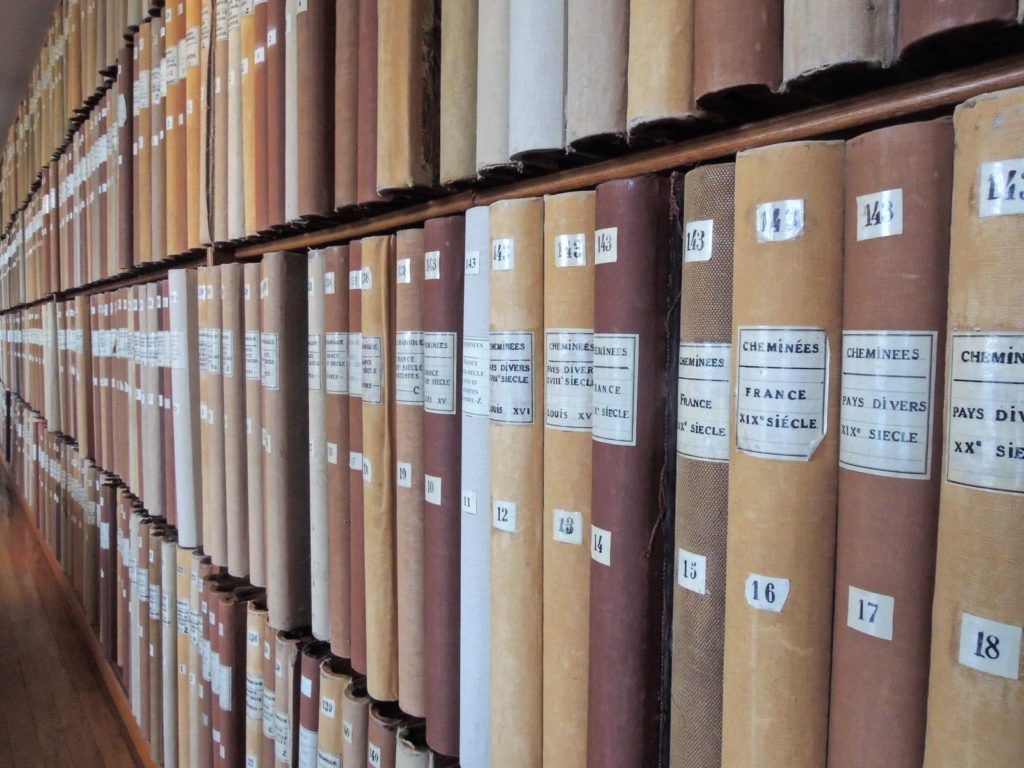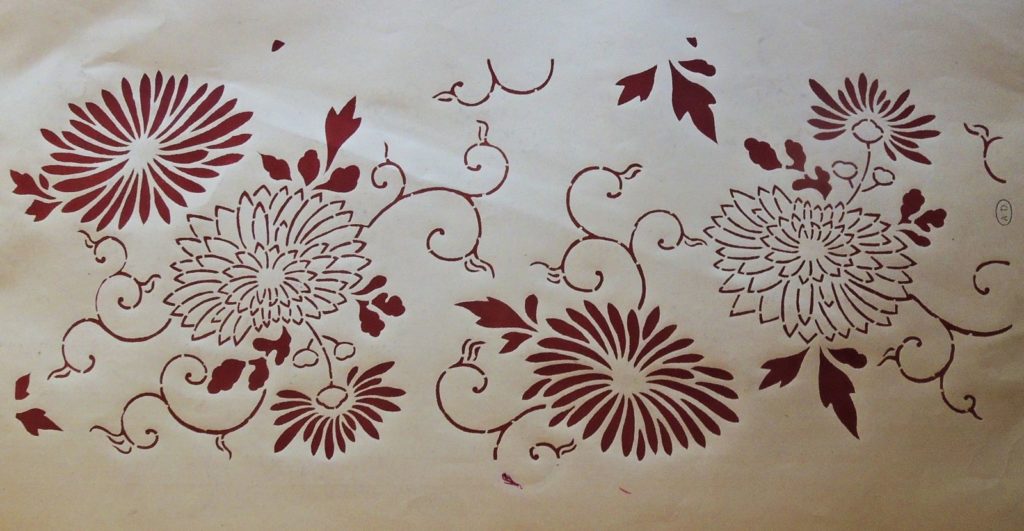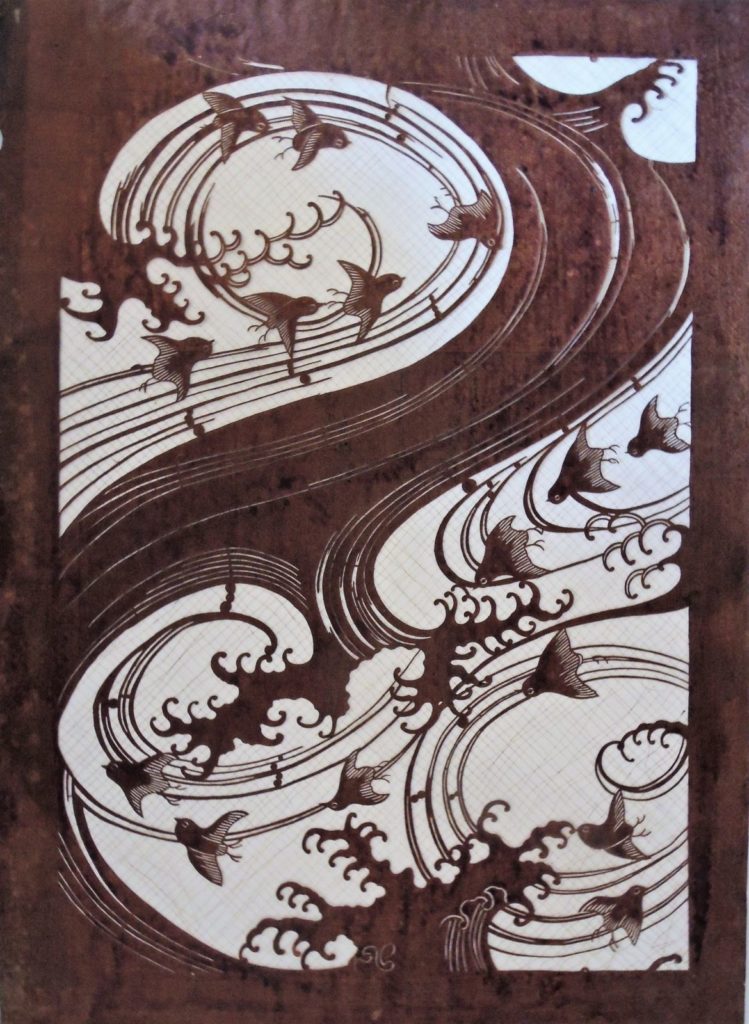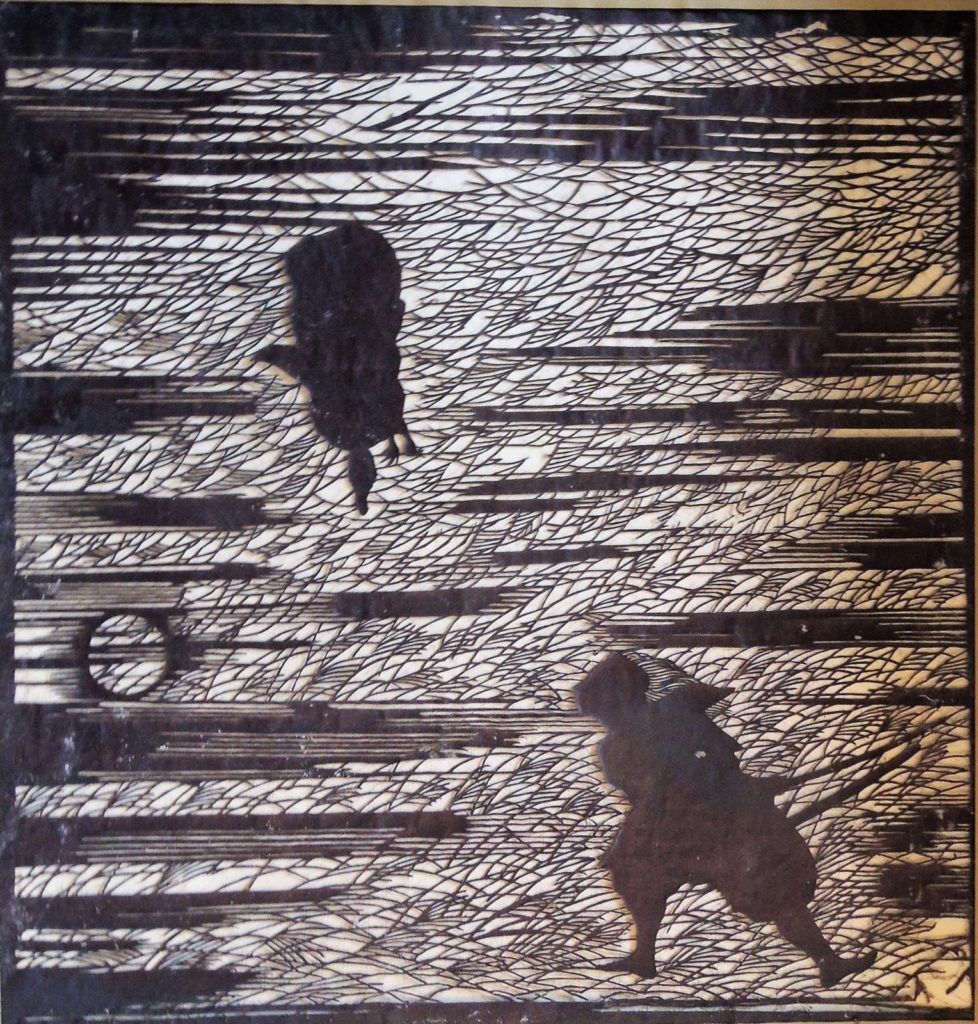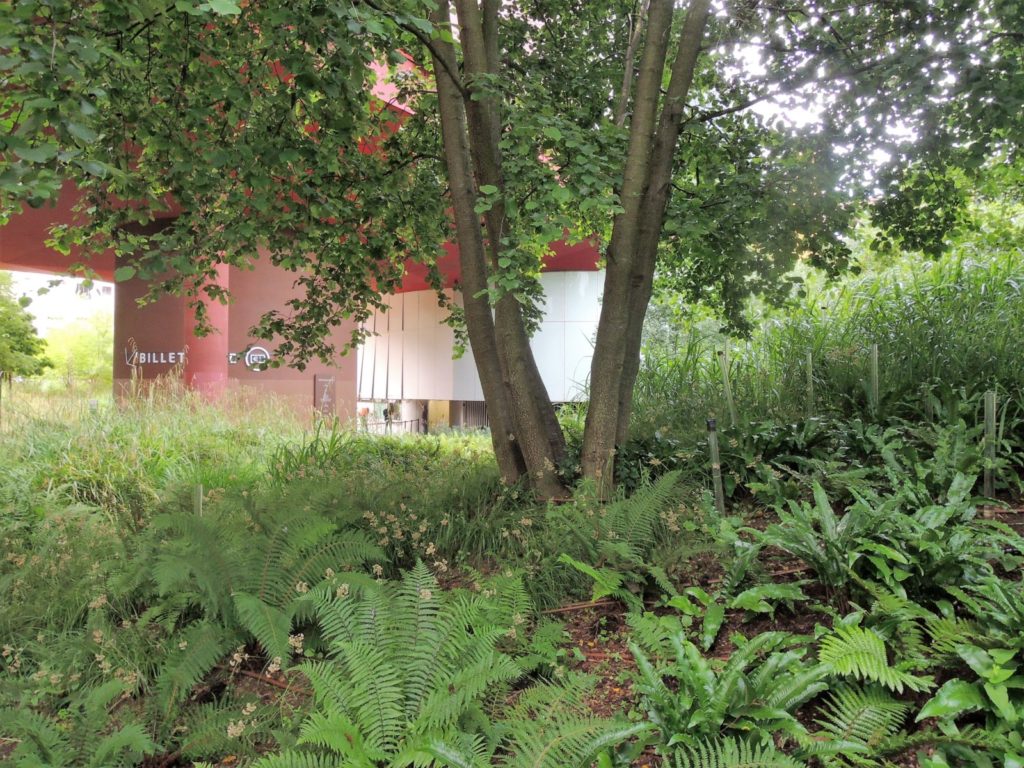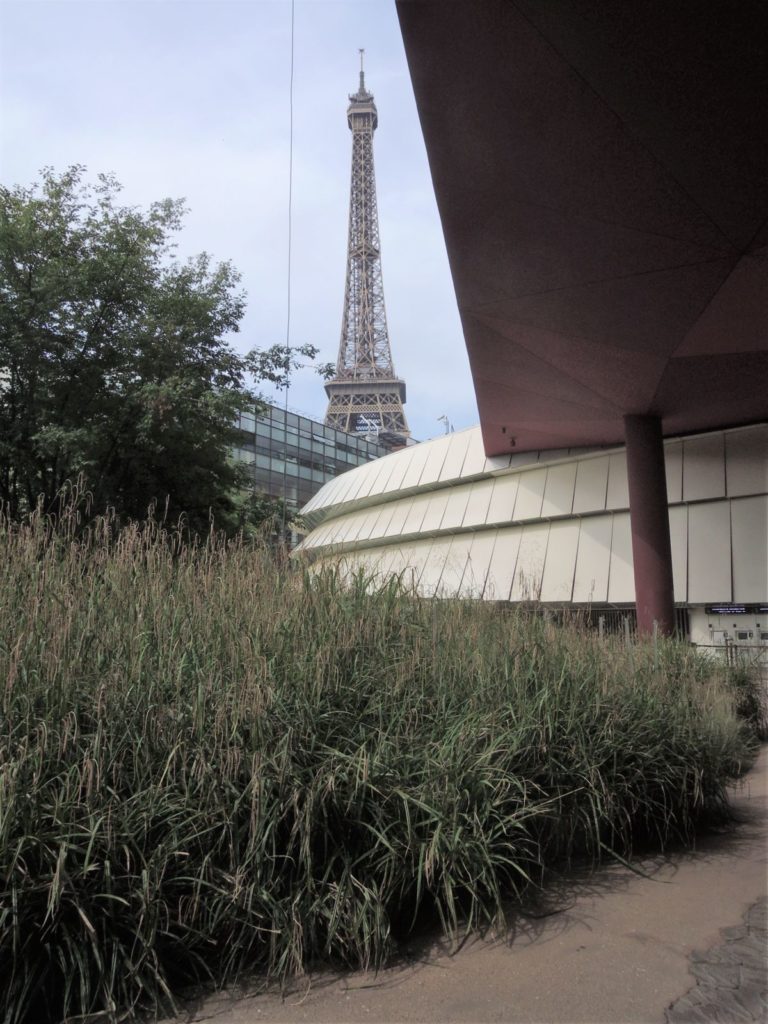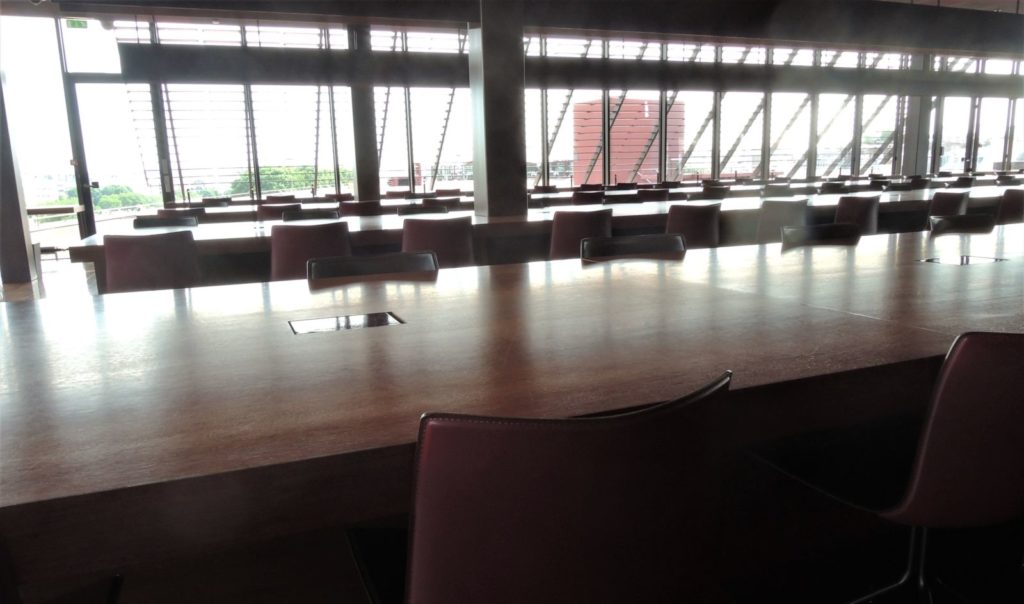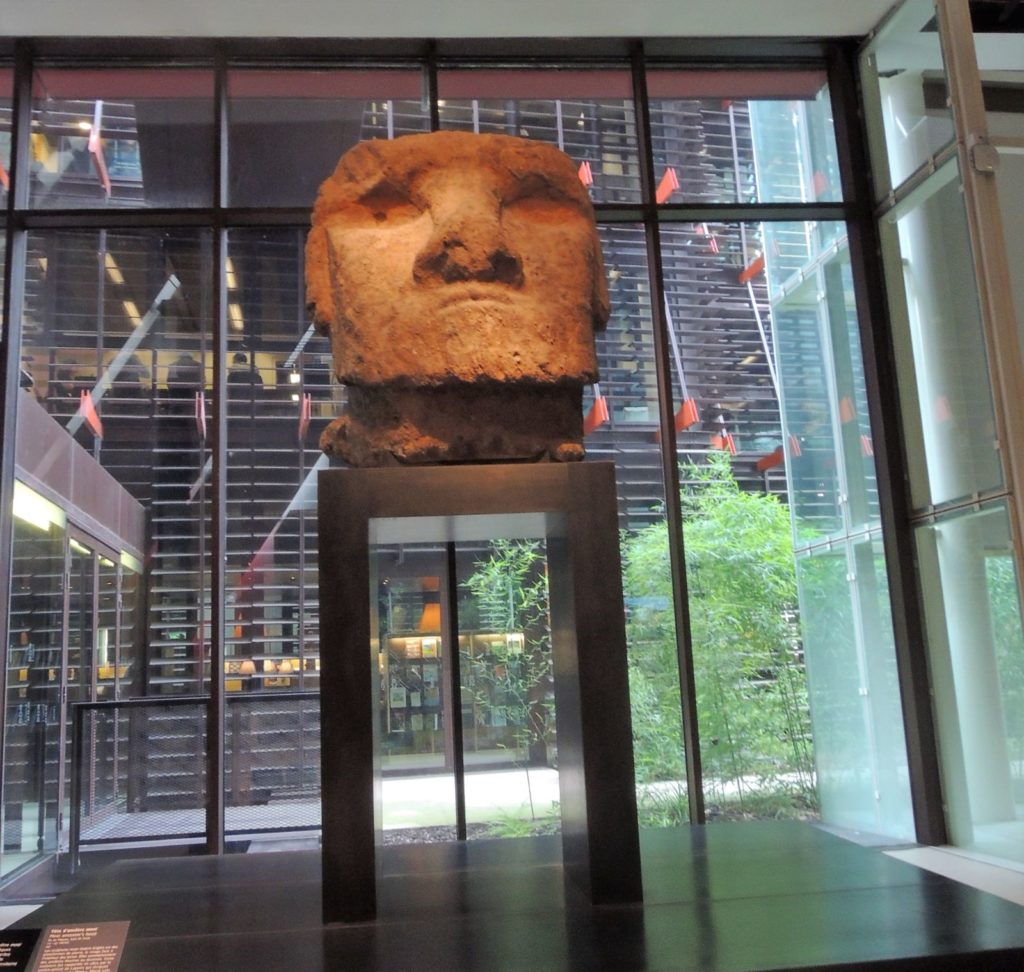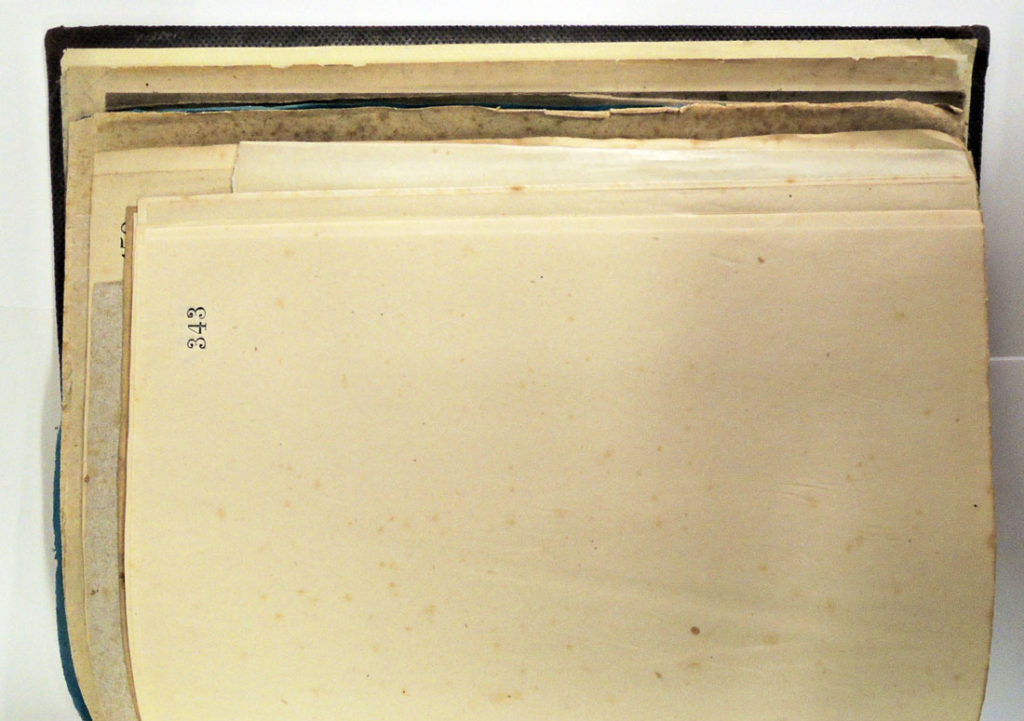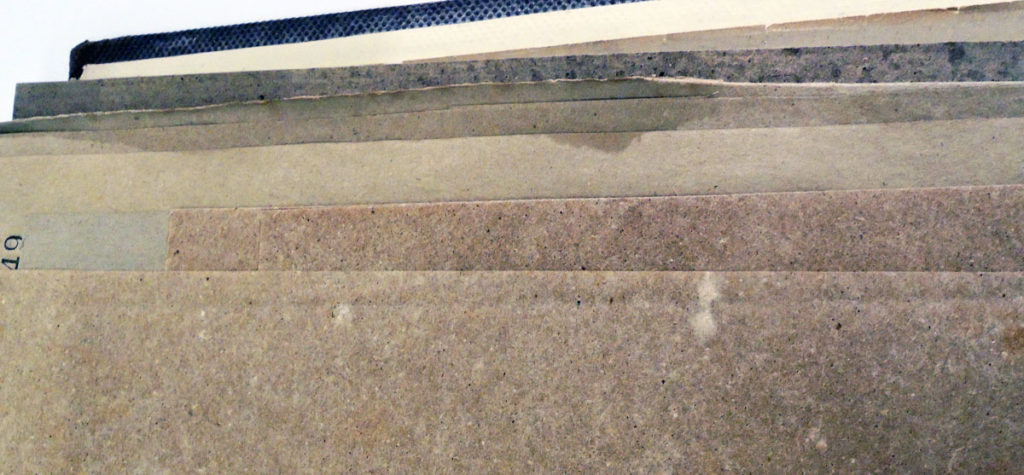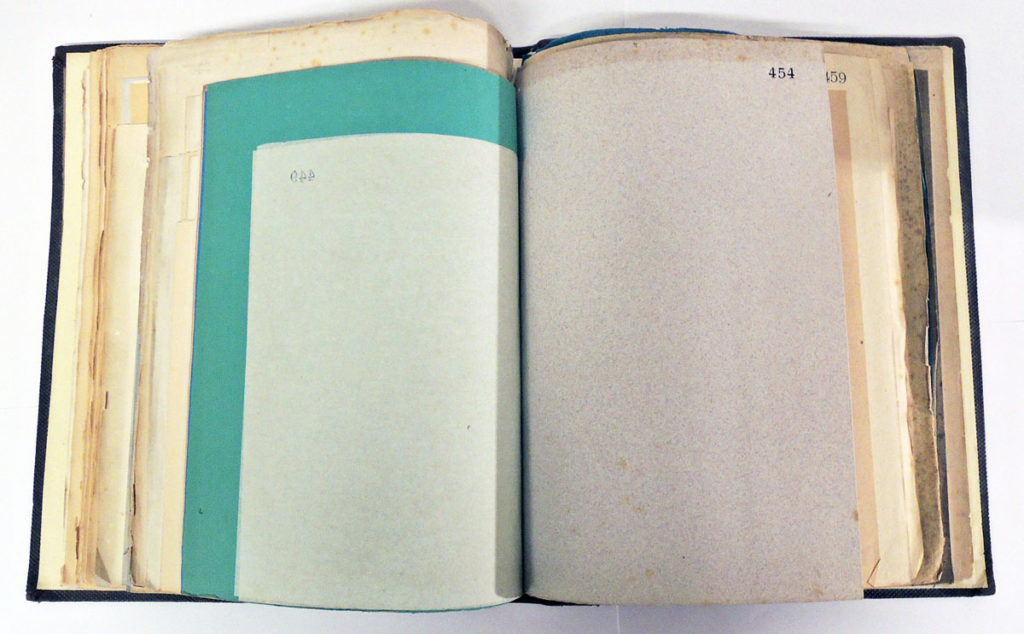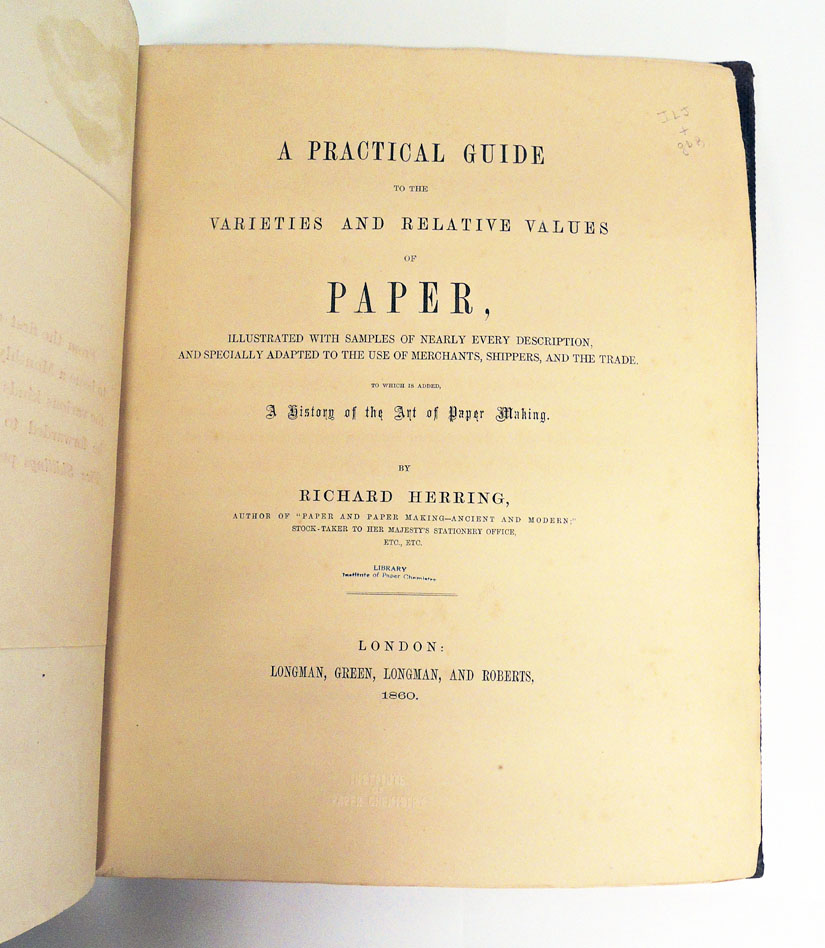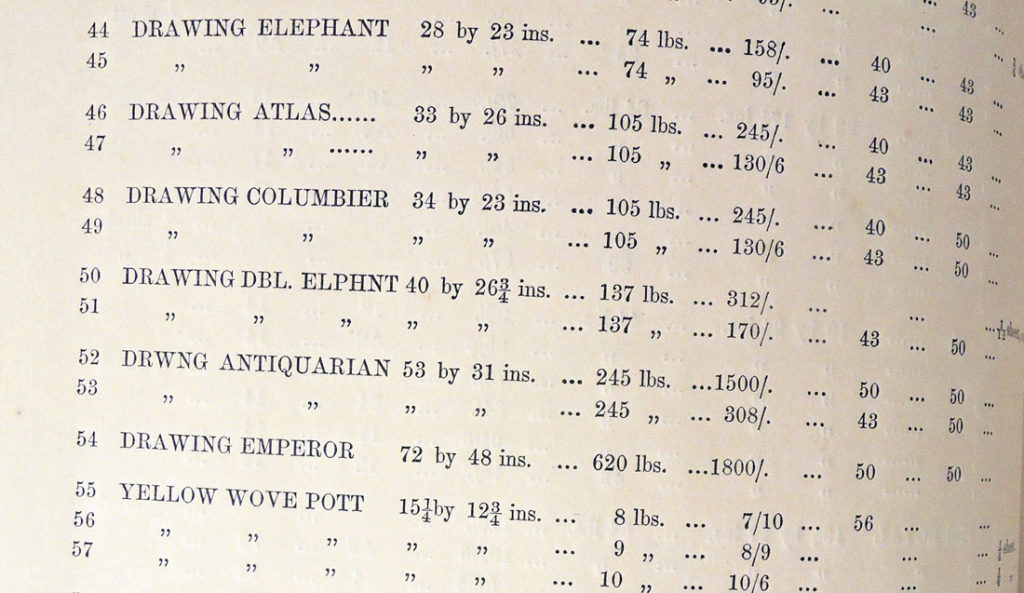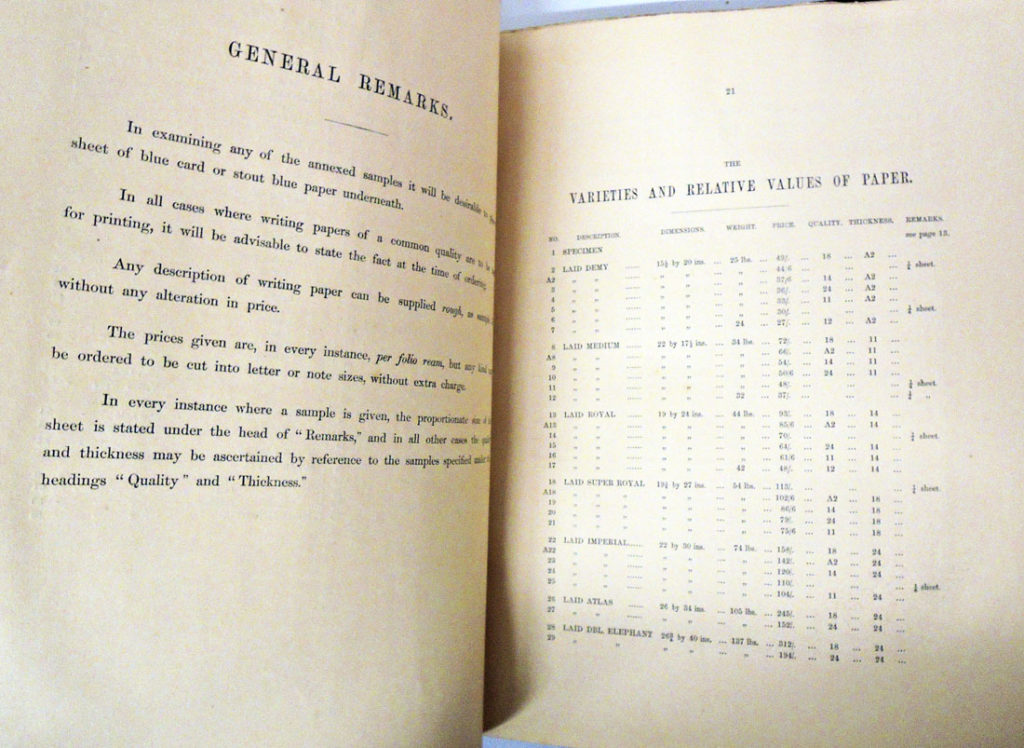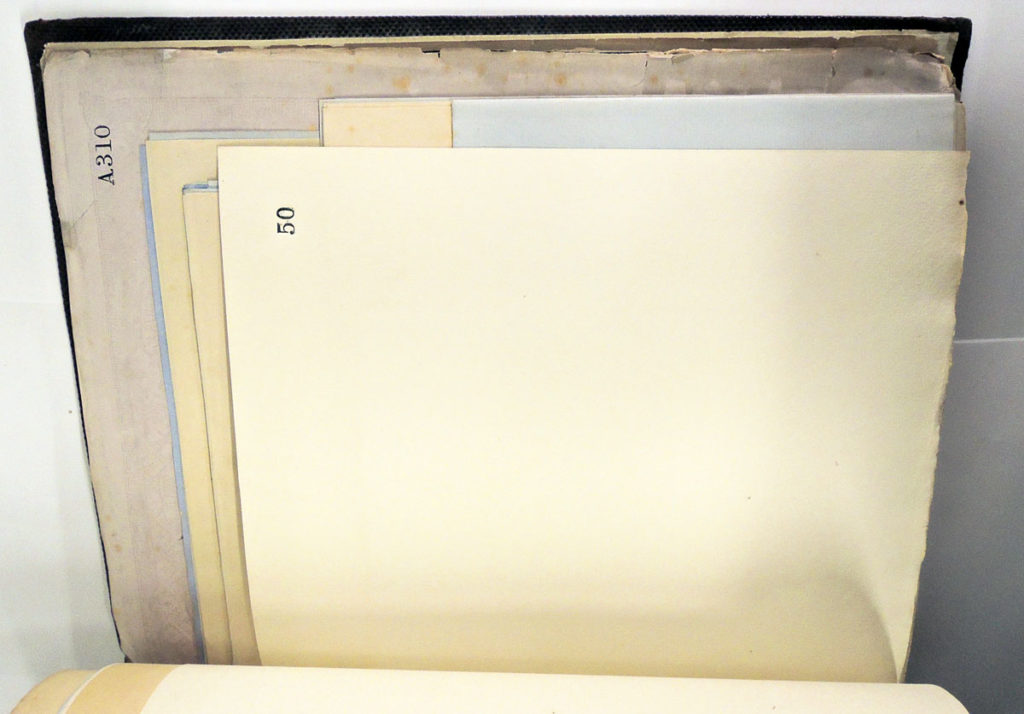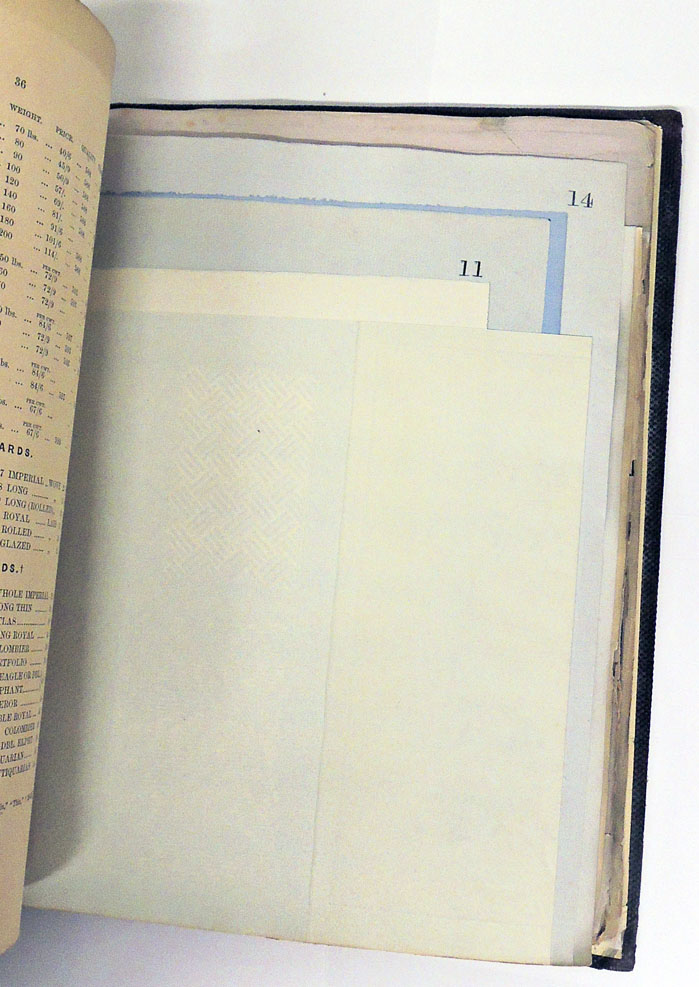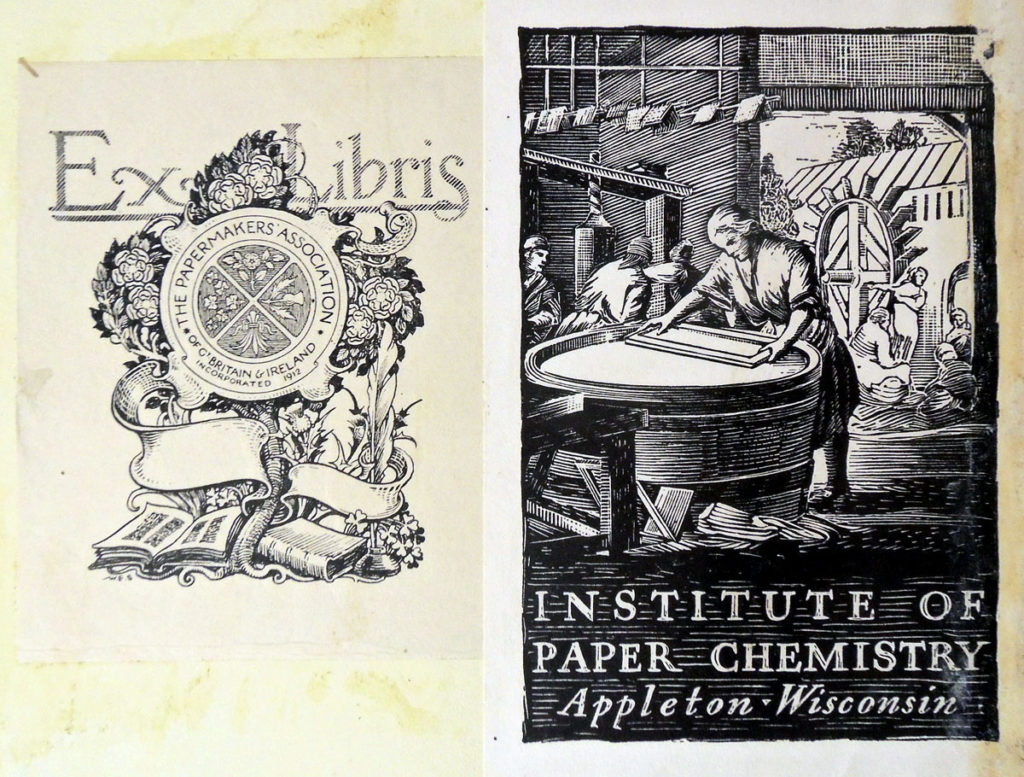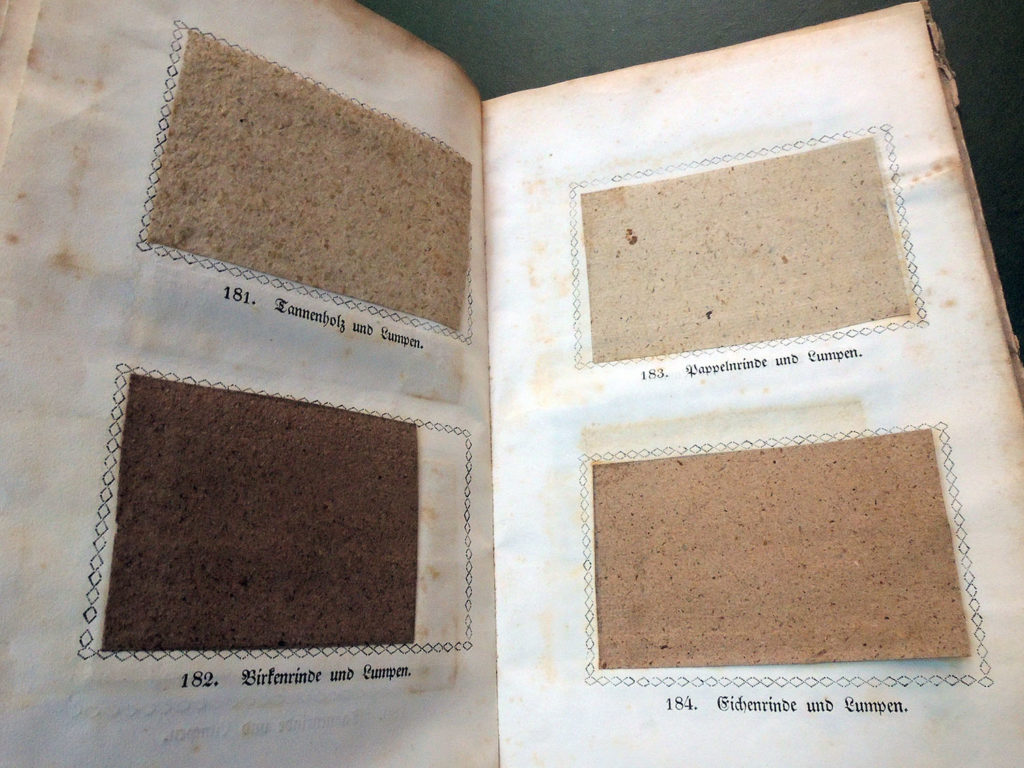
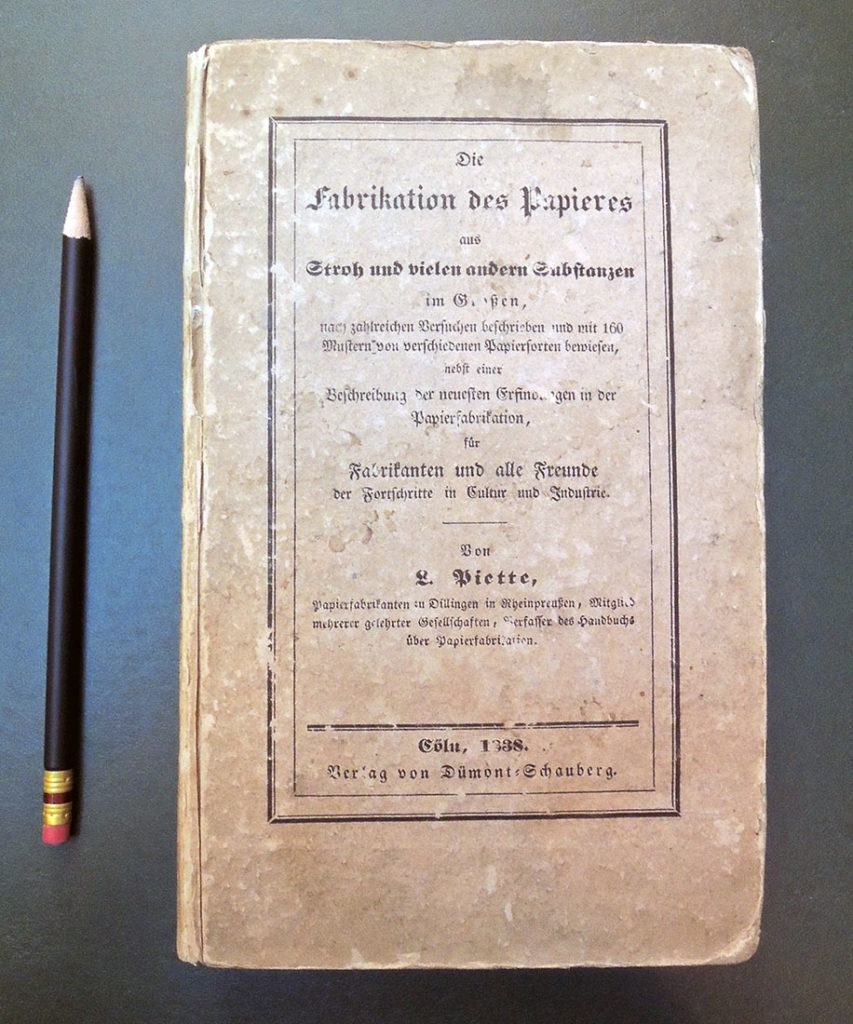
Louis Piette (1803-1862), Die Fabrikation des Papieres aus Stroh und vielen andern Substanzen: im Grossen nach zahlreichen Versuchen beschrieben und mit 160 Mustern von verschiedenen Papiersorten beweisen: nebst einer Beschreibung der neuesten Erfindungen in der Papierfabrikation, für Fabrikanten und alle Freunde der Forschritte in Cultur und Industrie (Cologne: Dümont-Schauberg, 1838). Graphic Arts Collection GAX 2018- in process
The Graphic Arts Collection has a number of early sources on papermaking, often with paper samples tipped in. This volume, recently acquired, is not the earliest but certainly is one of the rarest of all papermaking books, with 25 more samples than most other recorded copies (ok, yes, the copy at the University of Amsterdam apparently has 192 samples but who’s counting).
The papers are chiefly from various kinds of straw (rye, wheat, barley, oats, peas, beans, lentils, and corn), singly or in combination; some mixed with hay and/or rags; and some bleached or colored. There are also five samples of cardboard made from straw and other fibers and ten non-straw papers (hay, oakum, wood, linden bark; some with rags).


In 1827, Louis Piette, a native of Belgium, took over the paper making factory started by his father in Dillingen and performed many experiments using different materials to produce various suitable kinds of paper, operating the mill from 1819 to 1854. Note in particular leaves 203-33 are themselves made of various straw papers.
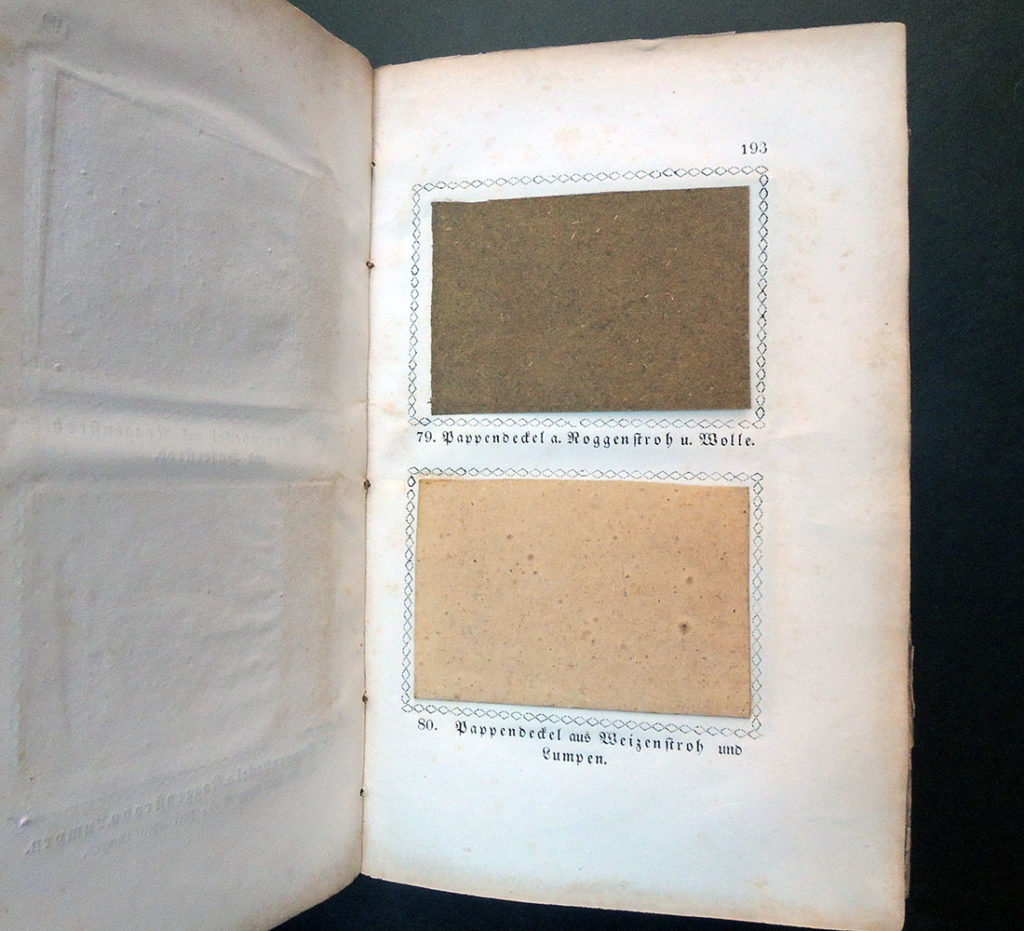
“Louis Piette followed in the footsteps of noted papermaking researchers of the 18th century…These early attempts, however, were not as successful as the finished papers made by Louis Piette. The significance of Piette’s investigations is very simple: his papers made from straw remain clean and almost as pliable as comparable papers made from rag…Piette’s papers, moreover, really are straw papers, without mixing in small amounts of flax fibers. Piette’s experiments showed a great understanding of papermaking from a production standpoint, and, with the increase use of the fourdrinier machine, his work led directly into the use of esparto grass prior to the discovery of chemical bleaching for soft- and hardwood paper manufacture…By the 1860‘s, the age of modern machine papermaking was at hand, and Piette’s earlier papermaking experiment showed how well he understood the future of papermaking.“–The Paper Trail. Quarterly Newsletter of the Robert C. Williams American Museum of Papermaking (Vol. 2, Nos. 1 & 2, January- March & April-June 2004). In these two articles the author states there are only four known copies of this book.
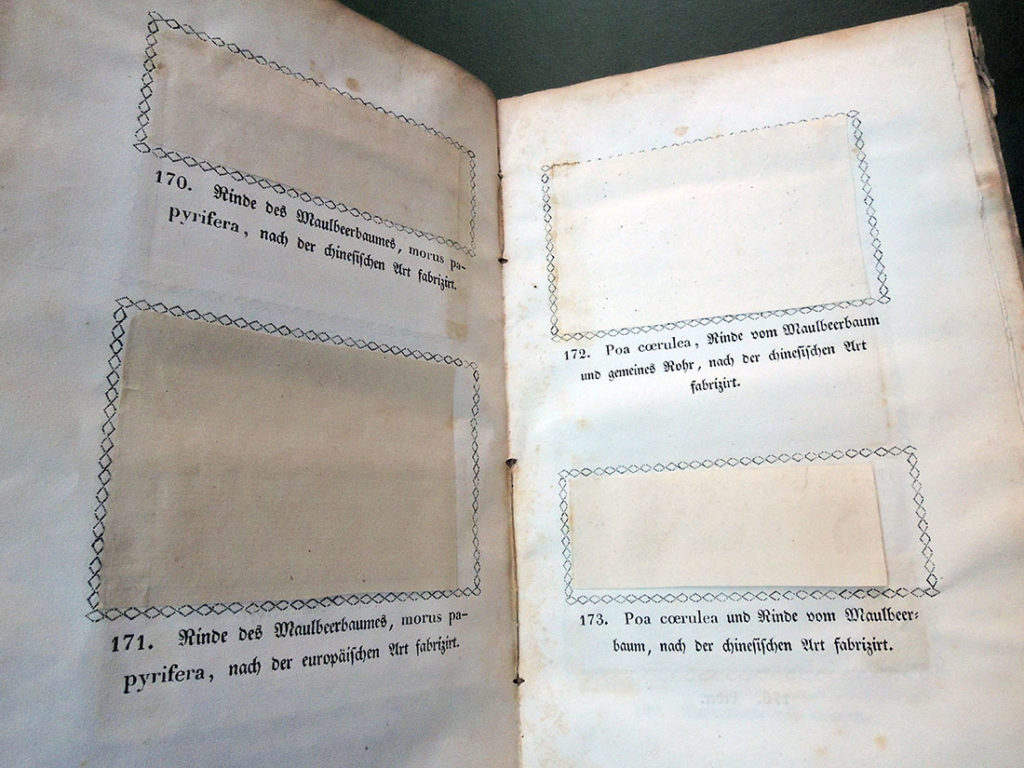
Of particular importance in this volume, found on pages 246-91 is the second printing of Moritz Illig’s Anleitung auf eine sichere, einfache und wohlfeile Art Papier in der Masses zu leimen (first edition 1806). According to Leonard Schlosser’s 1971exhibition catalogue, only two copies are known of the first edition. This text describes Illig’s “momentous” (Schlosser) invention of rosin-alum sizing. The addition of this mixture aided in making the paper take writing ink with less necessity for sizing with glue, as had been the vogue for five hundred years. It provided a simple, sure method for sizing paper more rapidly with non-putrescible materials. Illig’s book was literally consumed in use and only two copies are known.–Special thanks to Yoshi Hill for his research on this volume.
Some of the other early papermaking sources in the Graphic Arts Collection include:
Papeterie: contenant quatorze planches, dont une double ([A Paris: Chez Briasson … David … Le Breton …, 1767]. Graphic Arts Collection Oversize 2011-0013F
Louis-Charles Desnos (1725-1805), Dissertation historique sur l’invention des lettres, ou caracteres d’écriture: sur les instrumens dont les anciens se sont servi pour écrire; & sur les matières qu’ils ont employées: suivie d’une Instruction raisonnée sur le papier nouveau que le sieur Desnos annonce au public: & dont on trouvera à la fin une suite de feuillets pour écrire & dessiner dans tel genre que ce soit avec un stylet ou pointe d’un métal composé pour cet usage (Paris: Chez Desnos, ingénieur-géographe & libraire de Sa Majesté danoise … , 1771). The 52 blank leaves at end are samples of Denos’ paper, intended for use as a notebook; cf. p. 3 (2nd group). Graphic Arts Collection 2009-0605N
Charles-Michel, marquis de, Villette (1736-1793), Œuvres du marquis de Villette (Londres. [i.e. Langlée, France: P. A. Léorier Delisle], M. DCC. LXXXVI. [1786]). “Ce volume est imprimé sur le papier d’écorce de tilleul.”–Verso of half title. Based on the 18mo format, the sheet size is ca. 48 x 36 cm. (crown), though Hunter reported his copy as 16 x 10 cm. (thus ca. 60 x 48 cm, royal, calculated from the same format). Issued also on rose-colored paper and on paper made from marshmallow. Includes 20 sample leaves of Léorier Delisle’s experimental paper made from various plant materials: marshmallow, nettles, hops, moss, reeds, conferva (3 kinds), burdock, burdock-colt’s foot, and thistles; quack-grass root; hazel wood and spindle wood; and bark of willow, spindle tree, oak, poplar, osier and elm. Each leaf includes printed identification of the material used: papier de guimauve, d’ortie, de houblon, de mousse, de roseaux, de conferva (première / seconde / troisième espèce), de racines de chiendent, de bois de coudrier, de bois de fusain, d’écorce de fusain avec son épiderme ou croûte, d’écorce de chéne, d’écorce de peuplier, d’écorce d’osier, d’écorce d’orme, d’écorce de saule, de bardanne, de bardanne et de pas-d’ane, de chardons. Graphic Arts Collection 2004-0061S
Matthias Koops, Historical account of the substances which have been used to describe events, and to convey ideas, from the earliest date to the invention of paper (London: Printed by T. Burton …, 1800). “Printed on the first useful paper manufactured soley [sic] from straw.” Appendix (p. [85]-91) printed on “paper made from wood alone … without any intermixture of rags, waste paper, bark, straw, or any other vegetable substance.” Laid in: sample blank folded sheet of straw paper, 35 x 43 cm. folded to 18 x 12 cm. Watermark: “Neckinger Mill.” Graphic Arts Collection Oversize TS1090 .K66q
The Sister arts, or, A concise and interesting view of the nature and history of paper-making, printing, and bookbinding: being designed to unite entertainment with information concerning those arts, with which the cause of literature is peculiarly connected: embellished with three engravings ([Lewes]: Sussex Press, Lewes: Printed and published by J. Baxter, and sold by the principal booksellers in London, 1809). GAX copy: From the library of P. J. Conkwright. Graphic Arts Collection 2003-0052N







